Tuscany's ghosts
Never have I seen so many ghost towns and abandoned castles as in Tuscany. Ghost forests, ghost pathways, ghost bridges. Even ghost graveyards and ghost vineyards, where domesticated vines, like puddles in the jungle, were slowly devoured by weeds. So, when it comes to ghosts, Tuscany totally outclasses both Scotland and the Wild West.
Somewhere in the triangle between Siena, Pisa and Empoli, and a little further East through Chianti, there’s a land of a staggering yet desolate beauty. Deliberately, I have chosen to take a closer look at the desolate side, to explore the dark corners of this sunny region, as I really wanted to avoid all the clichés about Tuscany: peaceful hills covered in gradients of pink and orange light, olive gardens and majestic thuja alleys leading up to some castle or villa... No, the Tuscany you are going to discover here has little to do with all this imagery.
Toiano and bella Elvira's ghost (1/4)
Up on the hill that dominates the valleys between Volterra, Poggiobonsi and San Miniato, there are the vestiges of what once was a lively Middle Age village that Firenze and Pisa used to fight for. At the height of its glory, Toiano was sheltering more than 500 people. This was not so long ago, in the 40’s. Now, the village is home to one single person and many, many feral cats (can there be "feral ghosts"?) gathered around the only inhabited house.
The road to Toiano is quite a challenge, especially for a Triumph Bonneville that would rather ride well-paved streets. This road was narrow, steep and serpentine, bedded in dust and pebble. Somehow we made it to the base of the access bridge, we parked the bike and left our helmets without locking them–no one was around anyway. At least, not any human. And ghosts don’t need helmets, do they? :)
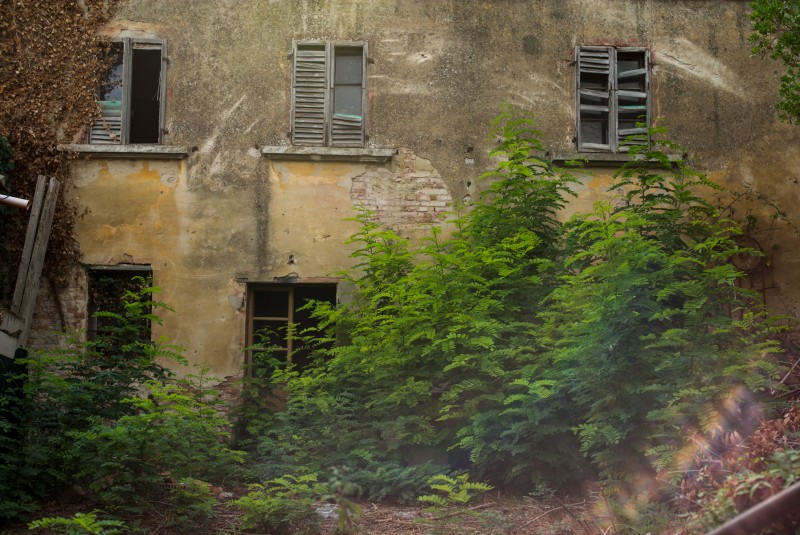
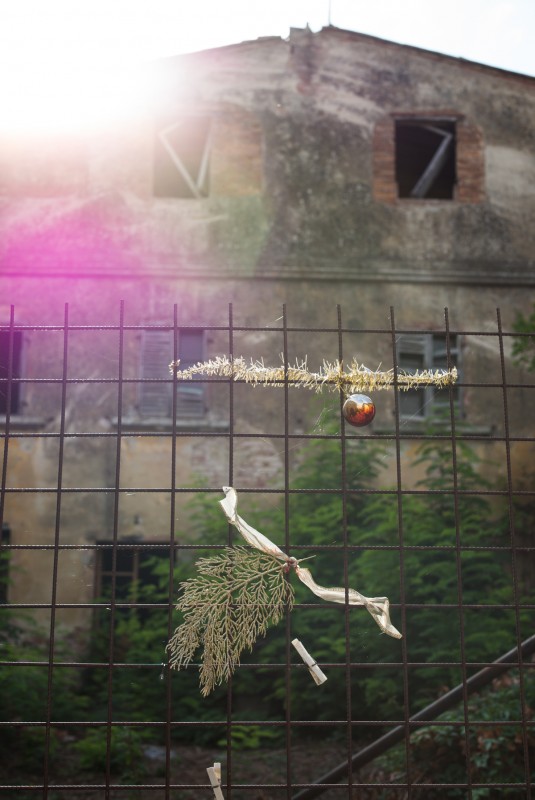
After crossing by foot the small stone bridge weakened by landslides and neglect, we arrived on Toiano’s main street: Via del Castello, the one and only street. On both sides, the corpses of houses which were once beautiful and wealthy were now silently gazing at us through their broken eyes, windows and doors. While moving on, despite the sun and the delicate scent of fig trees that grew here and there, I felt an obnoxious feeling of oppression and curiosity… what could have happened to such a lovely town to bring it down to ruins?

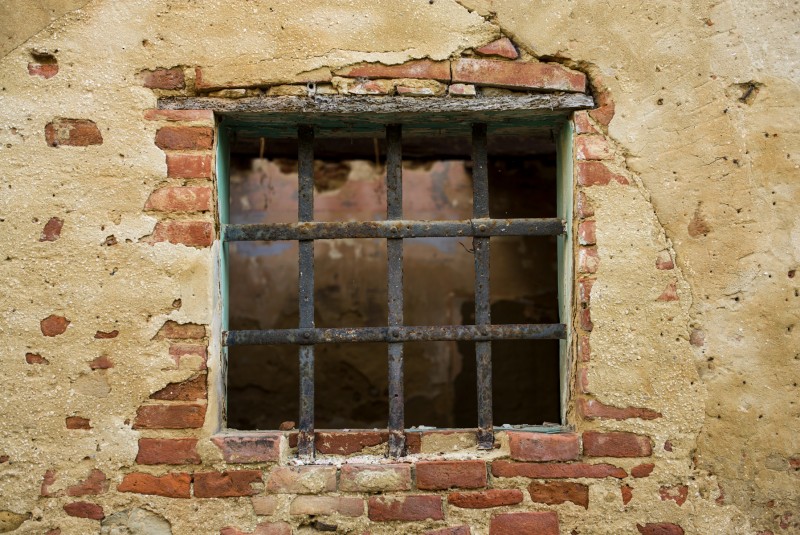
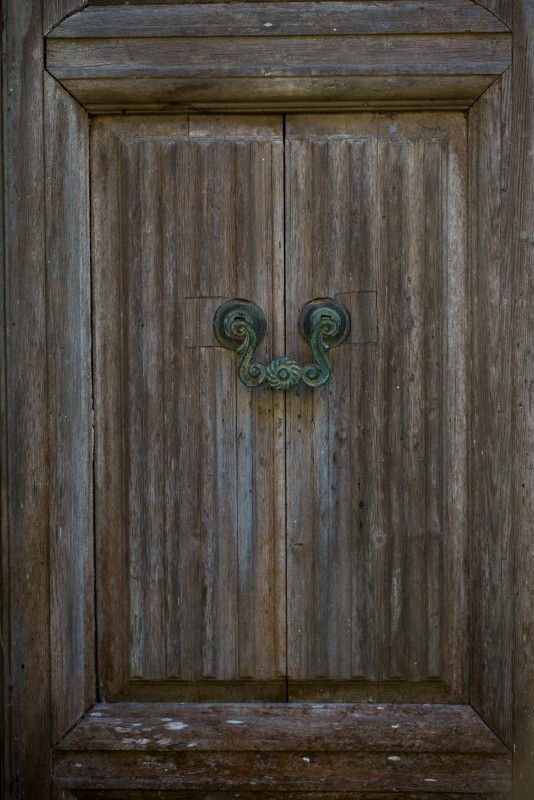
Exoduses from villages towards the newly industrialized cities were rather common in postwar Italy. Toiano, from its isolated heights and deprived of current water, was an easy pray for this kind of migration. It's normal for people to seek for comfort and a better life. This is the reasoned part of the explanation. But there might be something less logical that contributed to Toiano’ spiritual downfall. In 1947, an atrocious murder rattled that village: beautiful Elvira, barely 22, was found almost decapitated and naked in a puddle of blood near the pond where she went to search for water. Elvira’s slaughter haunted the village for many years ever after and was the symbolic ending of this peaceful place. Her murderer has never been found.
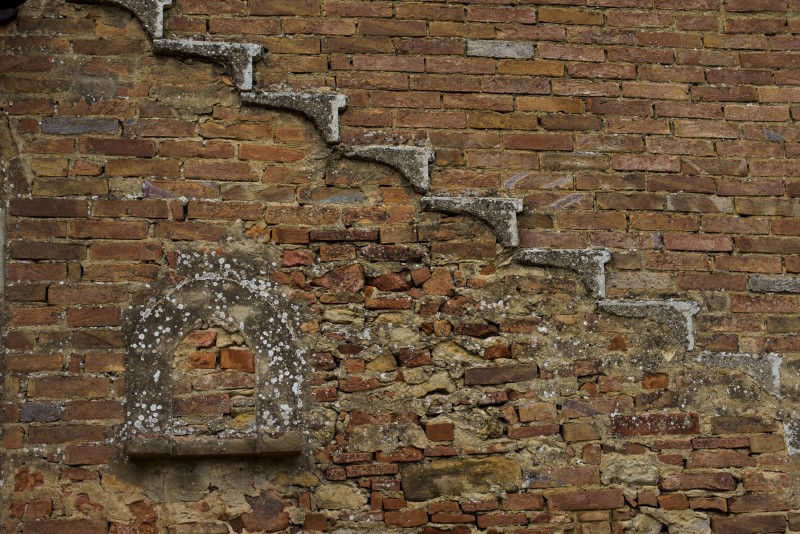
The Toiano visit ended on the way back at the village cemetery. A small burial ground encircled by a not-too-high cement wall (generally when I fall upon this kind of obstacles, I trespass without hesitation, but this time it was too gloomy), with a small crypt raising its head above the wall, over the hills. Old, old crosses, weeds growing through the pavement’ and graves’ cracks. People born at the end of the 19th century, most of them dead around the 50’s. The saddest place I’ve ever seen, even with all the colorful plastic flowers that mysteriously decorated each grave like they were brought there freshly in the morning.
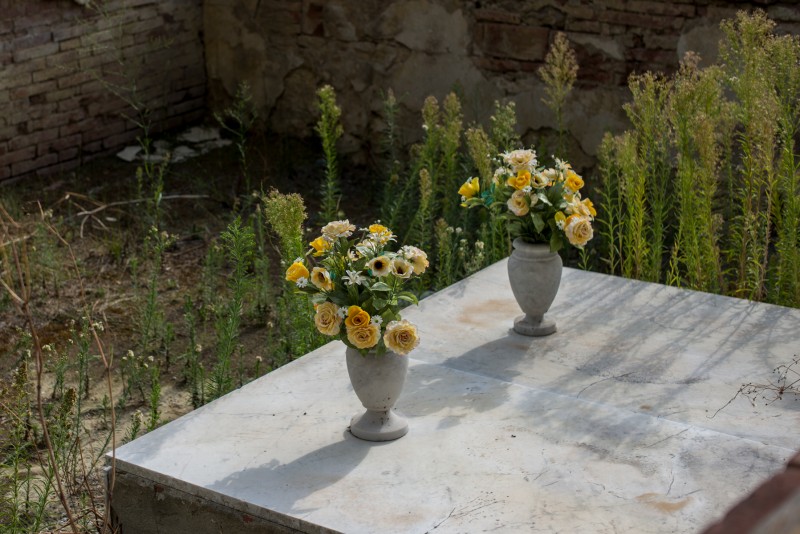
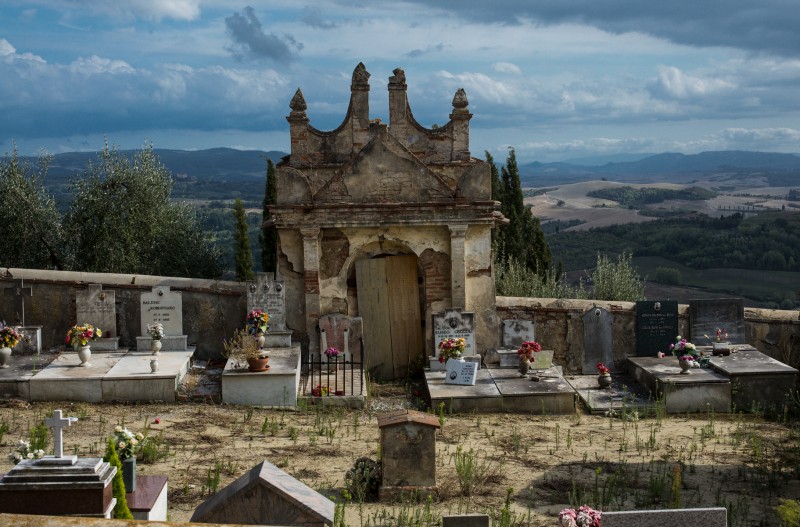
In the right mood for Murder Ballads ...
"Lie there, lie there, little Henry Lee
Till the flesh drops from your bones
For the girl you have in that merry green land
Can wait forever for you to come home
And the wind did howl and the wind did moan
La la la la la la la la la lee
A little bird lit down on Henry Lee"
Henry Lee [Nick Cave & The Bad Seeds from the album Murder Ballads]
Castelnuovo dei Sabbioni (2/4)
The story of Castelnuovo dei Sabbioni (commune of Cavriglia, province of Arezzo) is equally a blend of industrial decay and crimes. War crimes, this time.
The industrial decay part.
Built around the 13th century in the Chianti region, on the hills above the Valdarno valley close to the Arno river, this feudal village climaxed in the first half of the 20th century thanks to the lignite resources. The mining activity and the “lignite fever” attracted quickly people from all over the country who settled there and transformed the Valdarno valley into one of the most industrially active areas in Italy. More than 1000 people were living at that time in Castelnuovo.
The extraction continued until after WWII, but the economical changes, namely the fall of the demand for solid fuel, the depletion of lignite deposits as well as the landslides caused by the galleries led altogether to the slow death of the mining activity. Out of work and out of luck, the workers fled away, leaving behind the wrecks of their homes, churches and dormitories. The old part of the town was declared unsafe for living and closed. It’s now being restored by the municipality of Cavriglia, with the intention to renovate and rebuild the “borgo vecchio” exactly as it was.
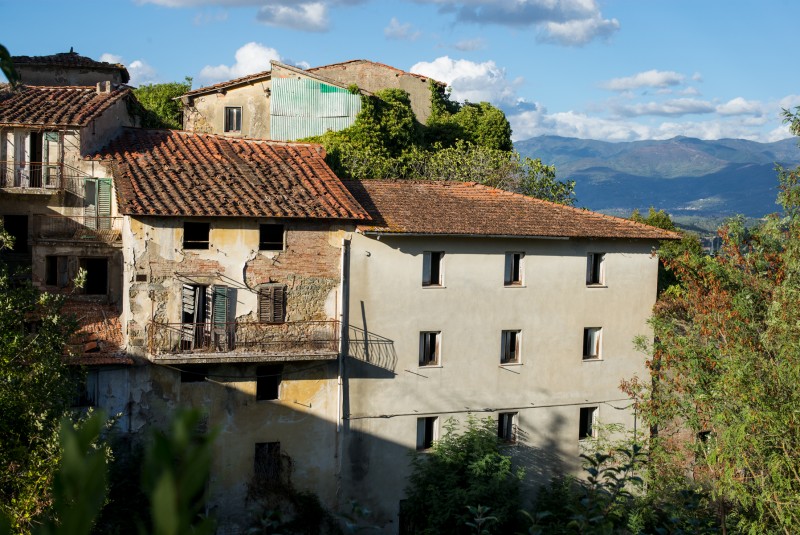
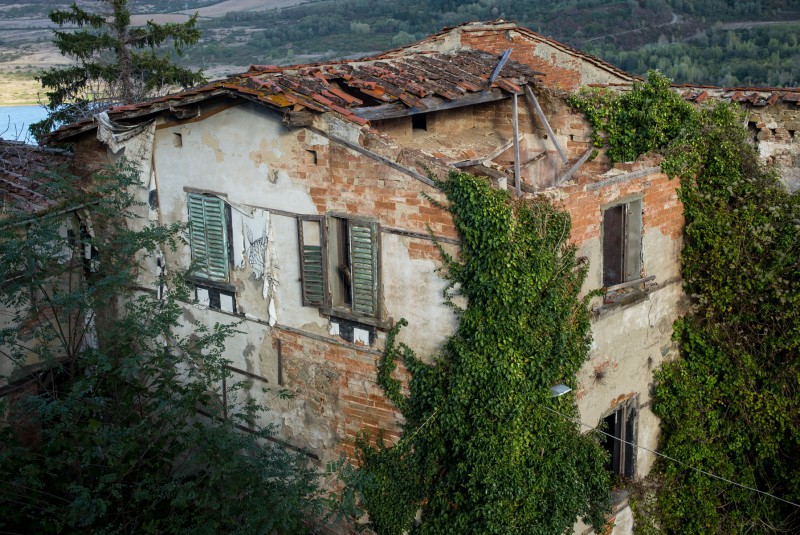
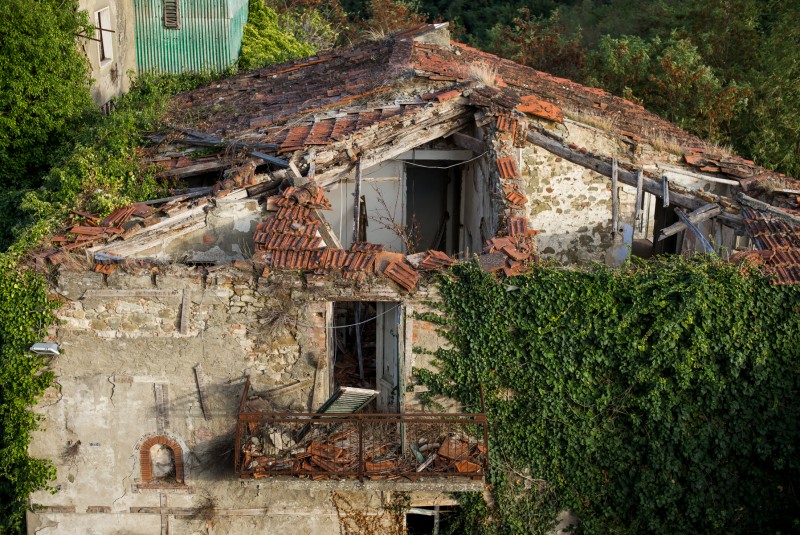
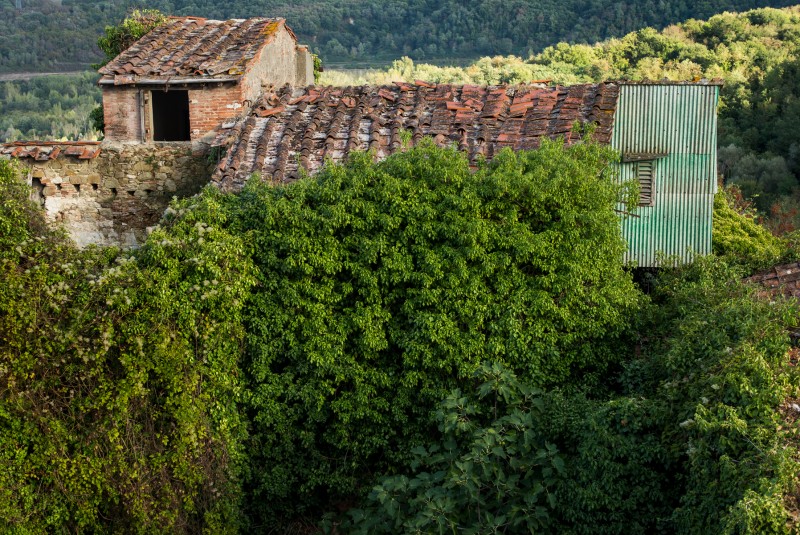
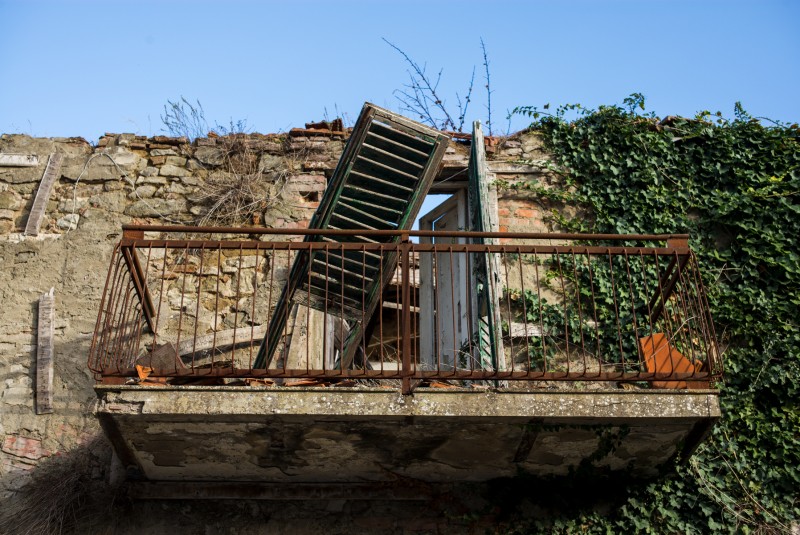
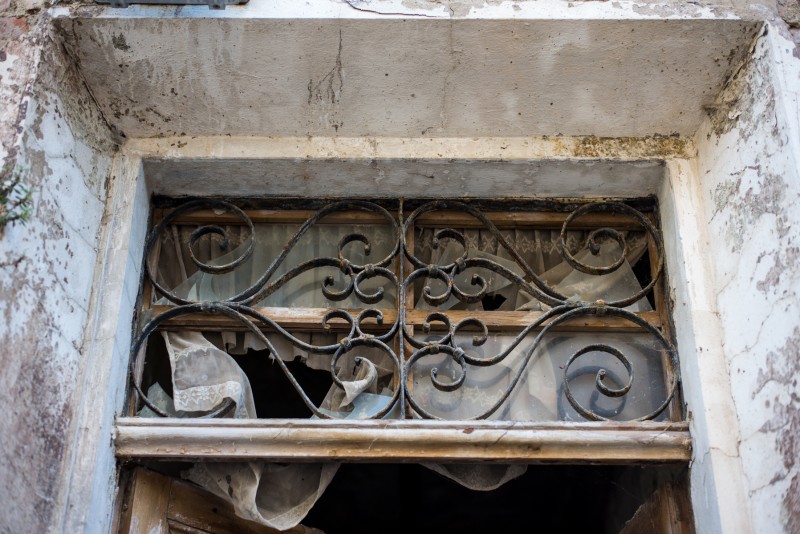
The war part now.
The town carries one of the most murderous stories of the WWII in Italy. Let’s go back in time. It's the 4th of July 1944. Rome was already into the possession of the Americans since the 4th of June. The Allied forces had already debarked in Normandy on the 6th of June. In Italy, the German 10th Army was retreating towards North under the pressure of the Allies. On their march back, they happened to pass through the Arno valley. It also happened that on the 3th of July, on the eve of the fatidic day, a group of partisans from the Italian resistance had attacked a SS convoy causing some destruction and the deaths of a couple of Nazi soldiers. Thirsty for immediate revenge or maybe just enraged by the smell of overall defeat, the SS troops entered Castelnuovo early in the morning of July 4th. They gathered 74 men in Piazza IV Novembre and they shot them all in the church. We recall this now as “The Arezzo Massacre”.
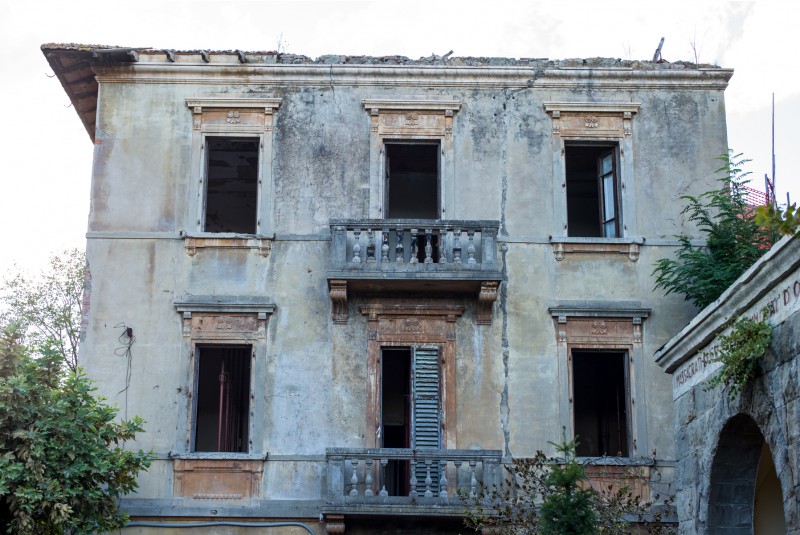
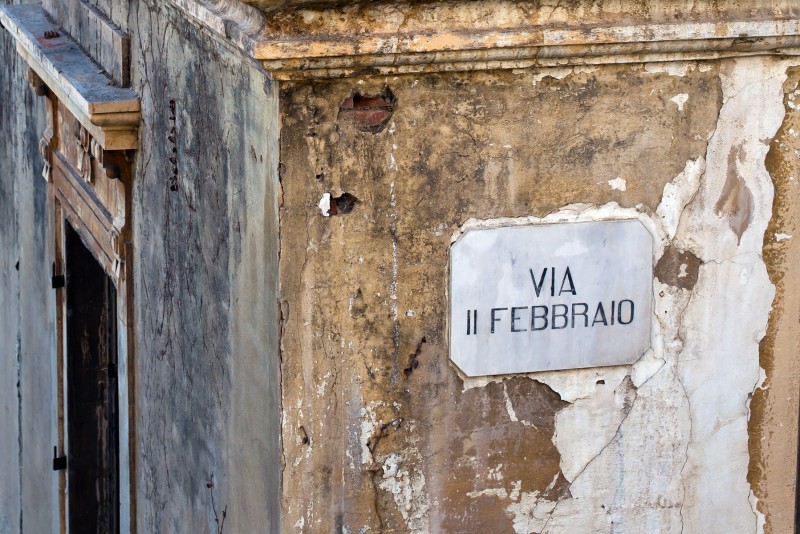
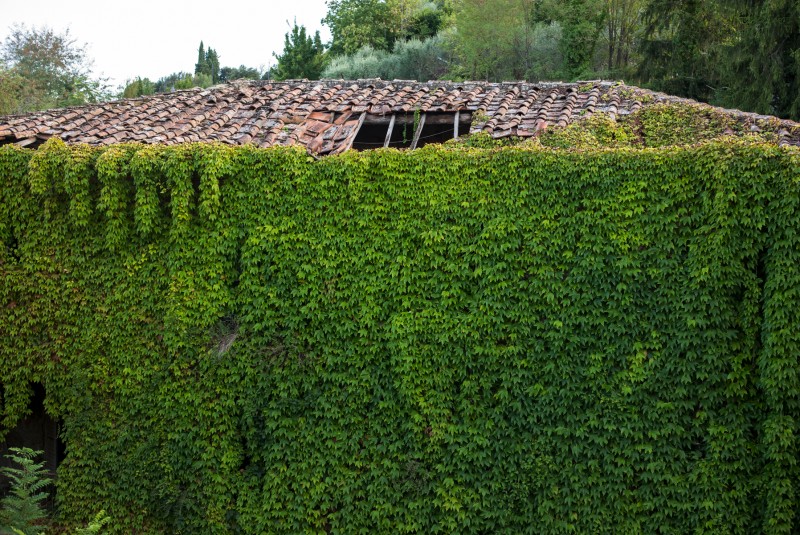
Without going into horrid details, the fact is that this town is wearing many, many wounds. I’m glad I had the chance to see this place before its upcoming reconstruction. History never tastes better – also a little bitter – than in this kind of places, which have seen so many things and still go on.
Buriano (3/4)
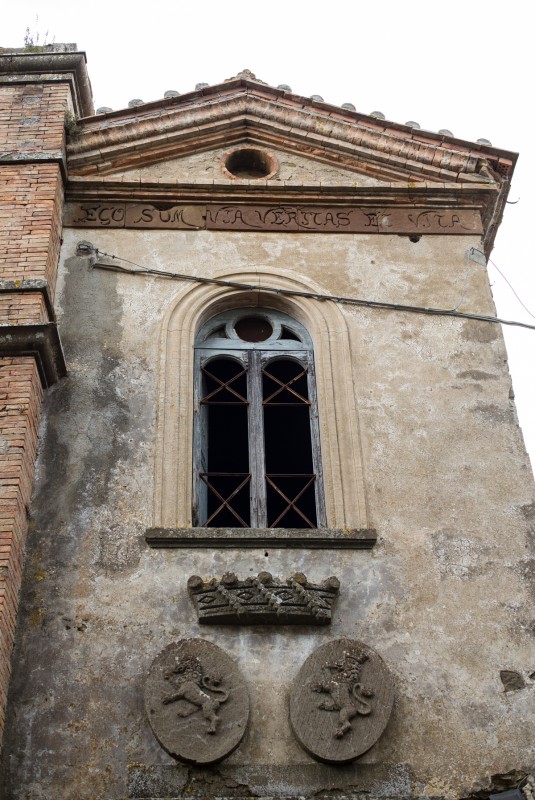
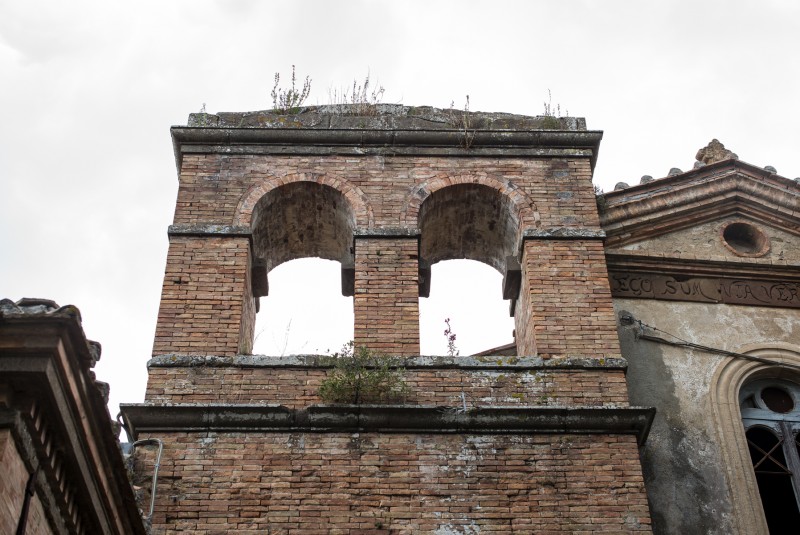
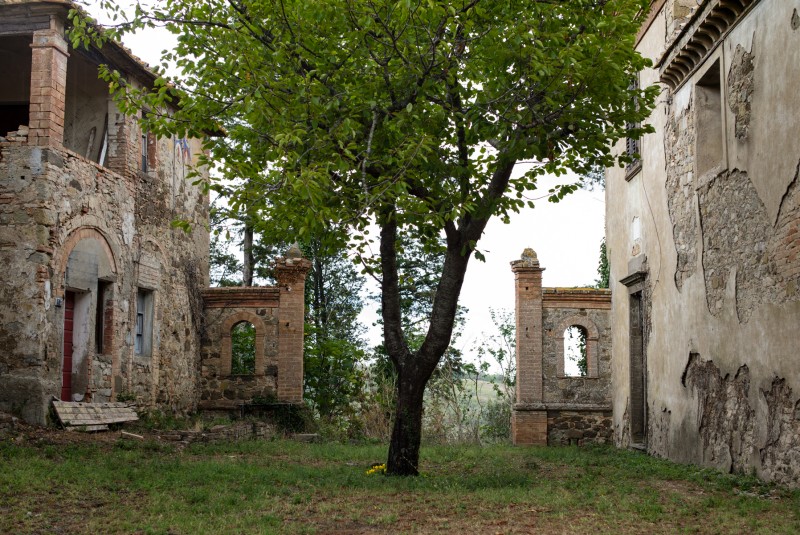
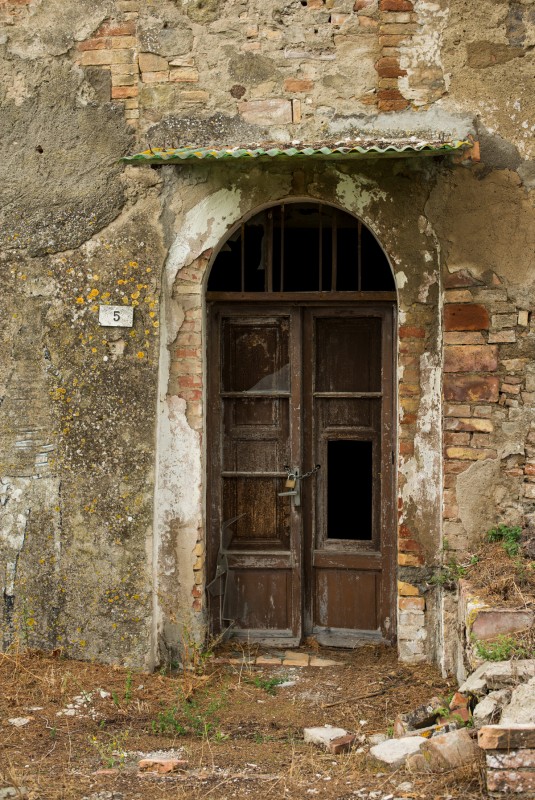


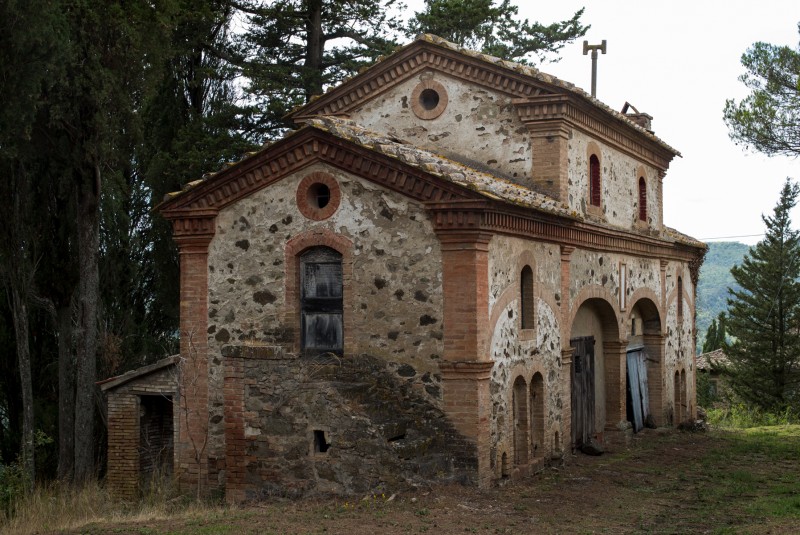
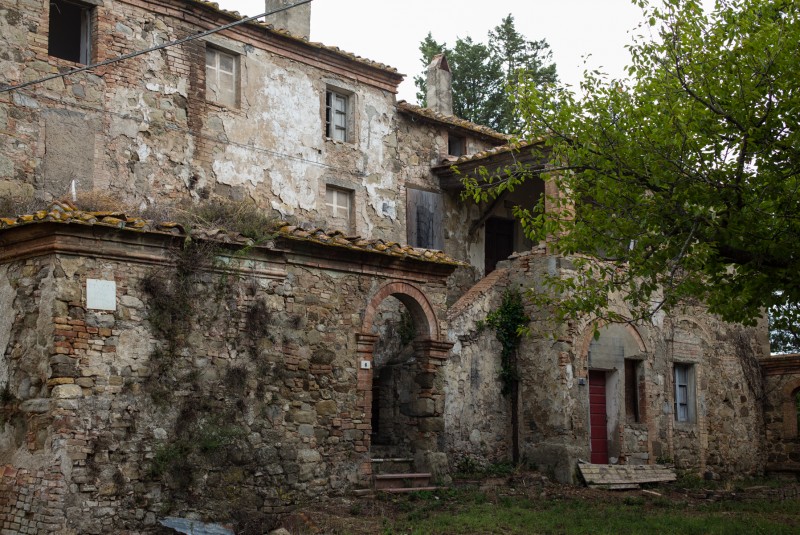
Poggio Santa Cecilia (4/4)

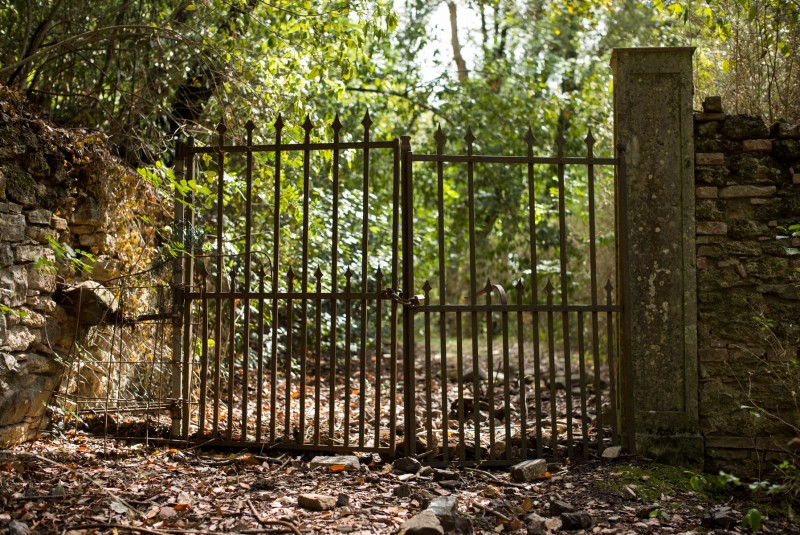
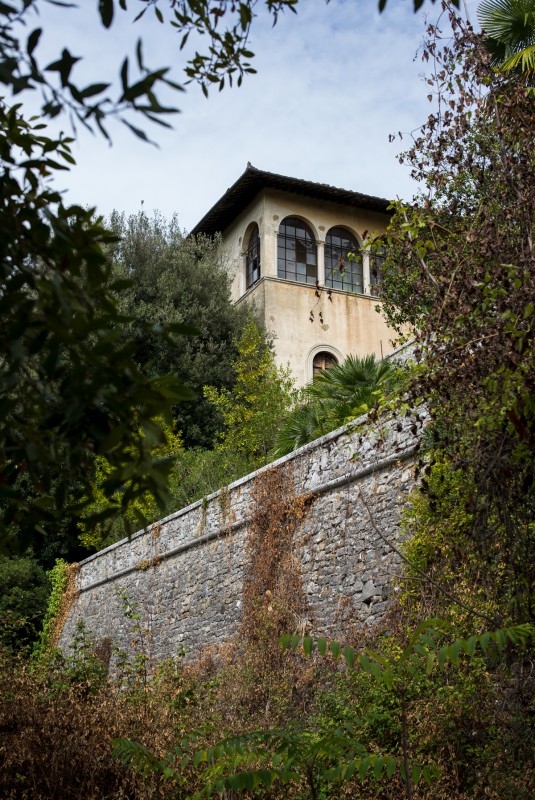

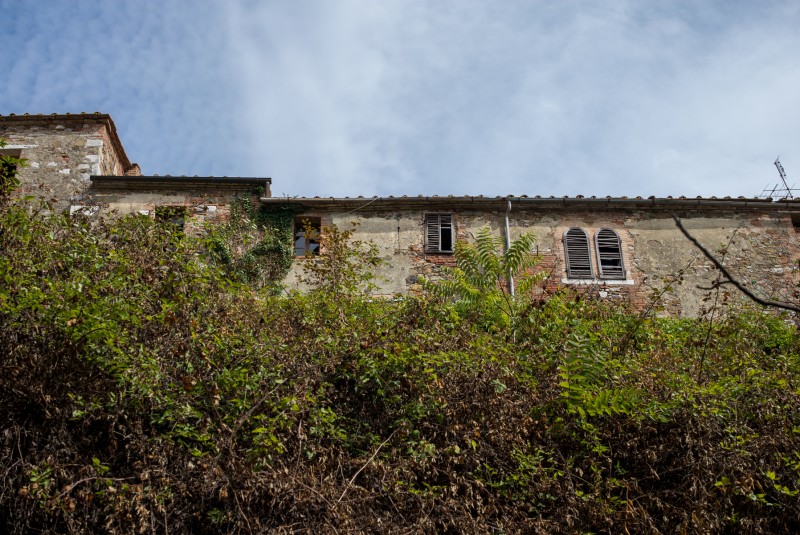
#LeicaM #Summilux50mm #Summicron35mm #Canon5DMarkIV #Tuscany #Italy
©Madalina Diaconescu 2017